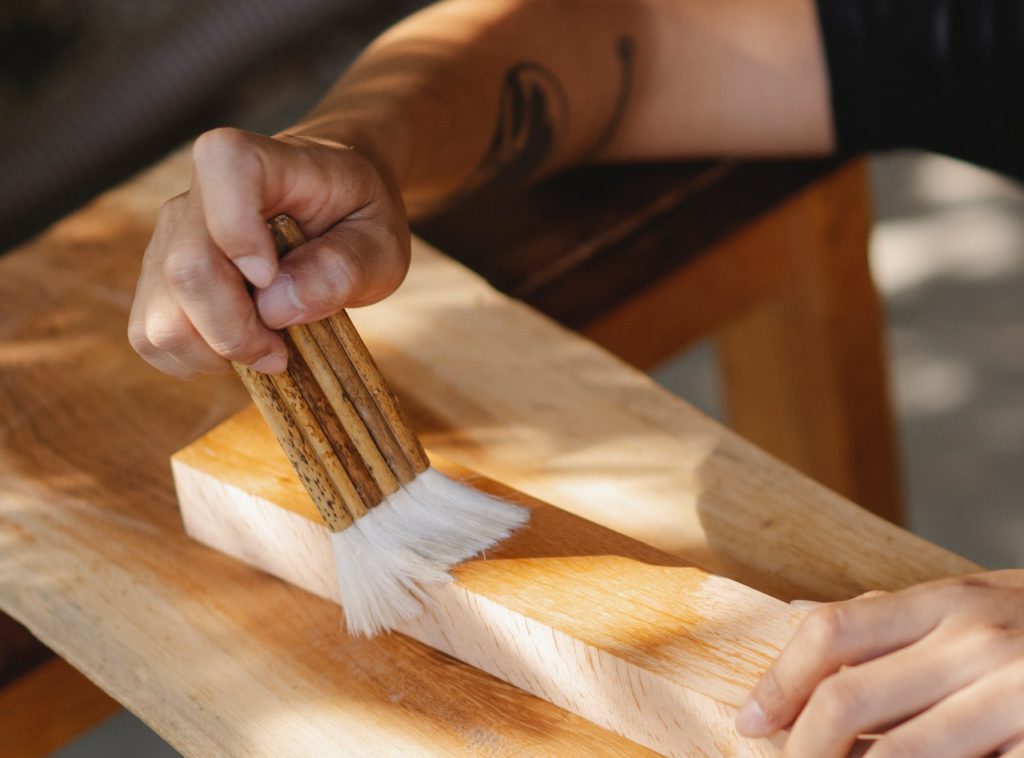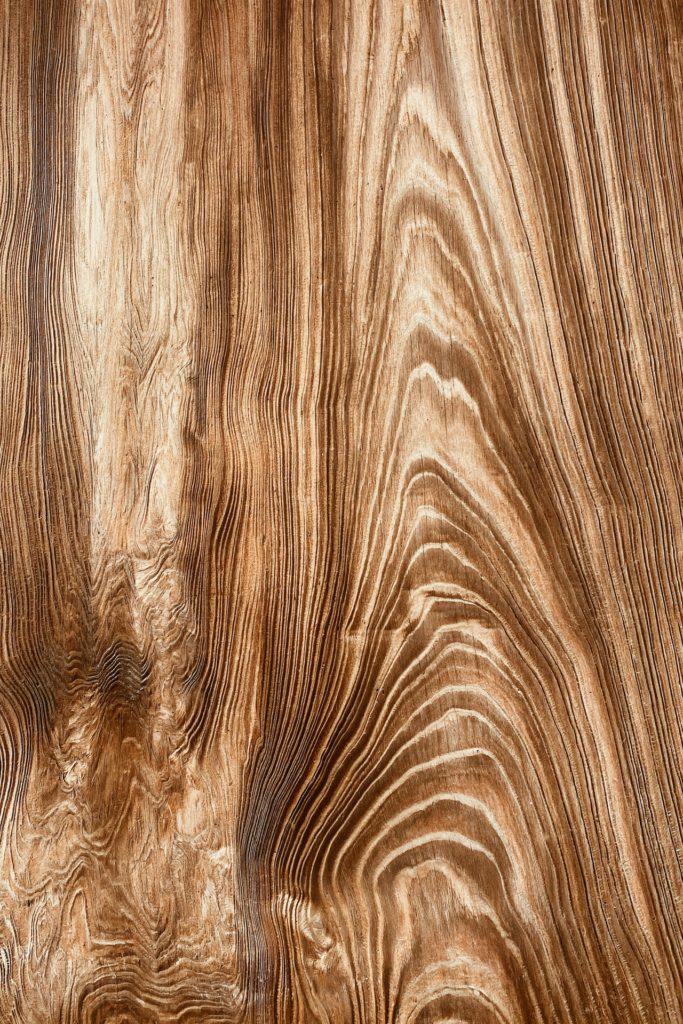
In this article, we will demonstrate how to protect hardwood timber floors from wear and tear so that you can keep your floor in good condition and the value of your property. In order to keep your hardwood flooring in top condition, it must be serviced regularly. Different types of wood differ in hardness and colour, so we always recommend cleaning and maintenance.
Before bringing furniture into the home, cover the floor to avoid dents, scratches and scratches. In houses with hardwood, wooden floors tend to wear. Regular cleaning and use of Timber oil can make timber floors look the best, but there are a number of things that can affect how well this needs to be done. The cause of damage to your parquet floors can be caused by furniture or everyday use
If you want to protect wooden floors from furniture, prevention is essential. Lightweight furniture on the floor should feel like upholstery or protector that is attached to the feet of a table or chair so that the chair does not slide over the floor. Protecting your chair means that it moves away from the risk surface of your wooden floor.
Self-adhesive feel-good furniture protects wooden floors. Felt and natural rubber cushions can be purchased separately or glued to a version of the TAP style and are an easy and inexpensive way to protect your floor. A felt pad shields damaged furniture feet and protect the wooden floor.

Wooden floors can also benefit from upholstery or paragliding, as they cushion the feet and lift the furniture off the floor. The most popular furniture base for wooden floors is felt. These types of upholstery provide better soil protection because they are safe, and they can be attached to furniture legs with small nails or clips.
Most office chairs are equipped with hard, durable plastic wheels that can scrub and scratch wooden floors. While plastic mats and carpets protect hardwood floors from scratches, they look better and keep your chair from moving.
Serious damage to a hardwood or wooden floor can occur when someone drags or moves furniture over a polished floor surface. Furniture legs can be pushed through dust or gravel, especially if the wooden floor is poorly finished. If waste or dirt hidden under the furniture gets caught between the legs of the furniture and the floor, heavy scratches can occur when moving it.
Dirt, grit, water and furniture can be combined to make your stunning wooden floors look bleak. Special carpets and mats can be purchased from wood floor dealers to protect wooden floors from discolouration. Despite this high level of protection, it is worth remembering that no matter how well you work the hardwood floors, they can still be damaged by prolonged exposure to water and this is something you should definitely avoid.
After numerous scratches have penetrated the Timber protective coatings, the top of the timber is processed and sanded with a rotary floor sander, followed by a clear varnish. In fact, you should never use a drum grinder unless you are constructing wooden floors because it chews on the thin top layer of plywood.
You can protect your solid wood floors from destructive water by not installing them in damp areas such as bathrooms, basements and washrooms. Most flooring experts recommend never using water on the hardwood. In this way, you not only help maintain the protective properties of your floor coverings but also avoid the risk of contamination and seepage into the wood.
These simple steps should guide you to go a long way in making sure the timber floors look pristine for many years.


